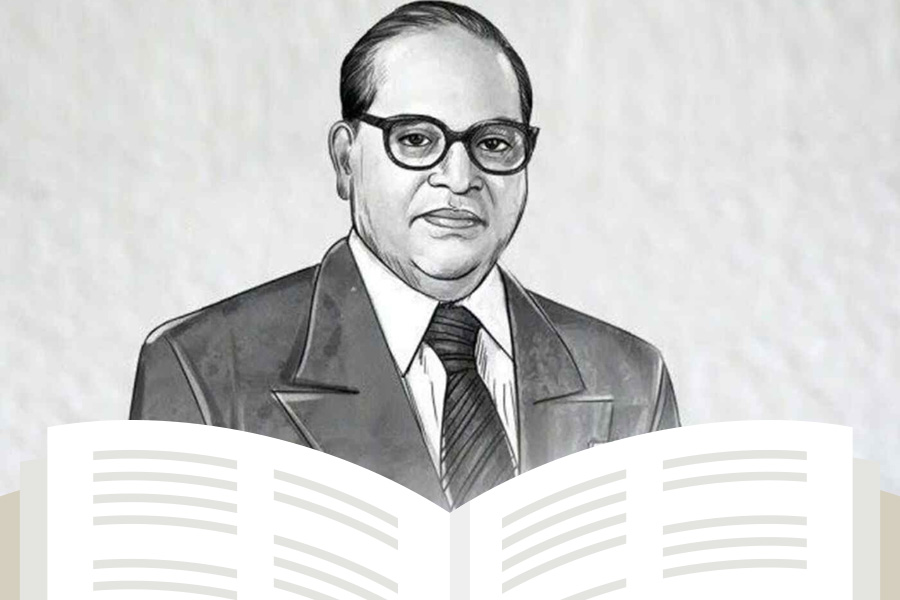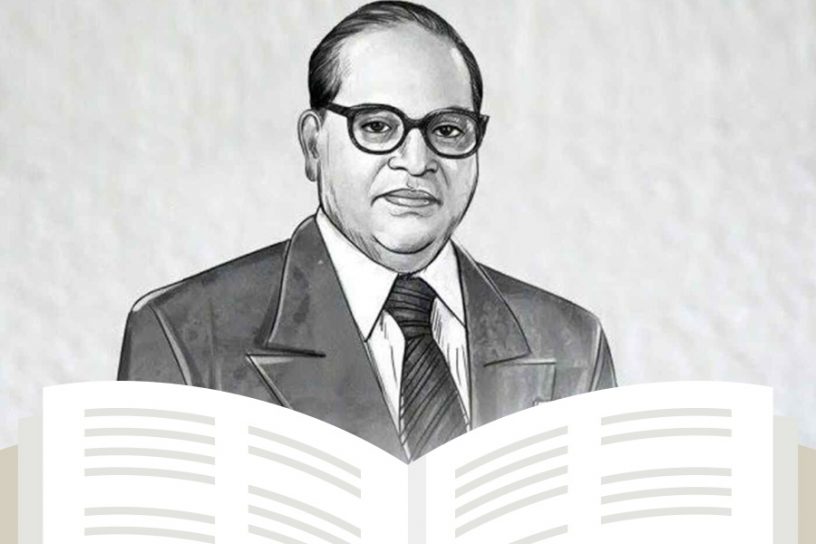
This research article examines the origins of the caste system in India, before and after independence, inequalities and social stigmatization caused by casteism, the impacts of casteism through time in India, and an overview of laws on casteism.
Authors
Tusharika Narwal, Assistant Lecturer, Jindal Global Law School, O.P. Jindal Global University, Sonipat, Haryana, India.
Ila Kandpal, Deputy Registrar, Armed Forces Tribunal (on deputation) New Delhi.
Summary
For as long as anybody can remember, there has been a caste system in place in India. In terms of social stratification, the caste system in India is among the oldest still in use today. More than 3,000 years old, the system that separates Hindus into rigidly hierarchical groups based on their job and dharma (the Hindi word for religion, although here it means responsibility) is widely accepted.
Since the beginning of time, the Indian caste system has served as a means of classifying individuals according to their social status. The Indian Caste System is seen as a closed system of stratification, meaning that a person’s social standing is bound by the caste into which they were born.
People from lower socioeconomic classes are restricted in their interactions and conduct. In the past, the caste system has been reworked and restructured several times. This research article examines the origins of the caste system in India, before and after independence, inequalities and social stigmatization caused by casteism, the impacts of casteism through time in India, and an overview of laws on casteism.
Published in: Webology
To read the full article, please click here.


